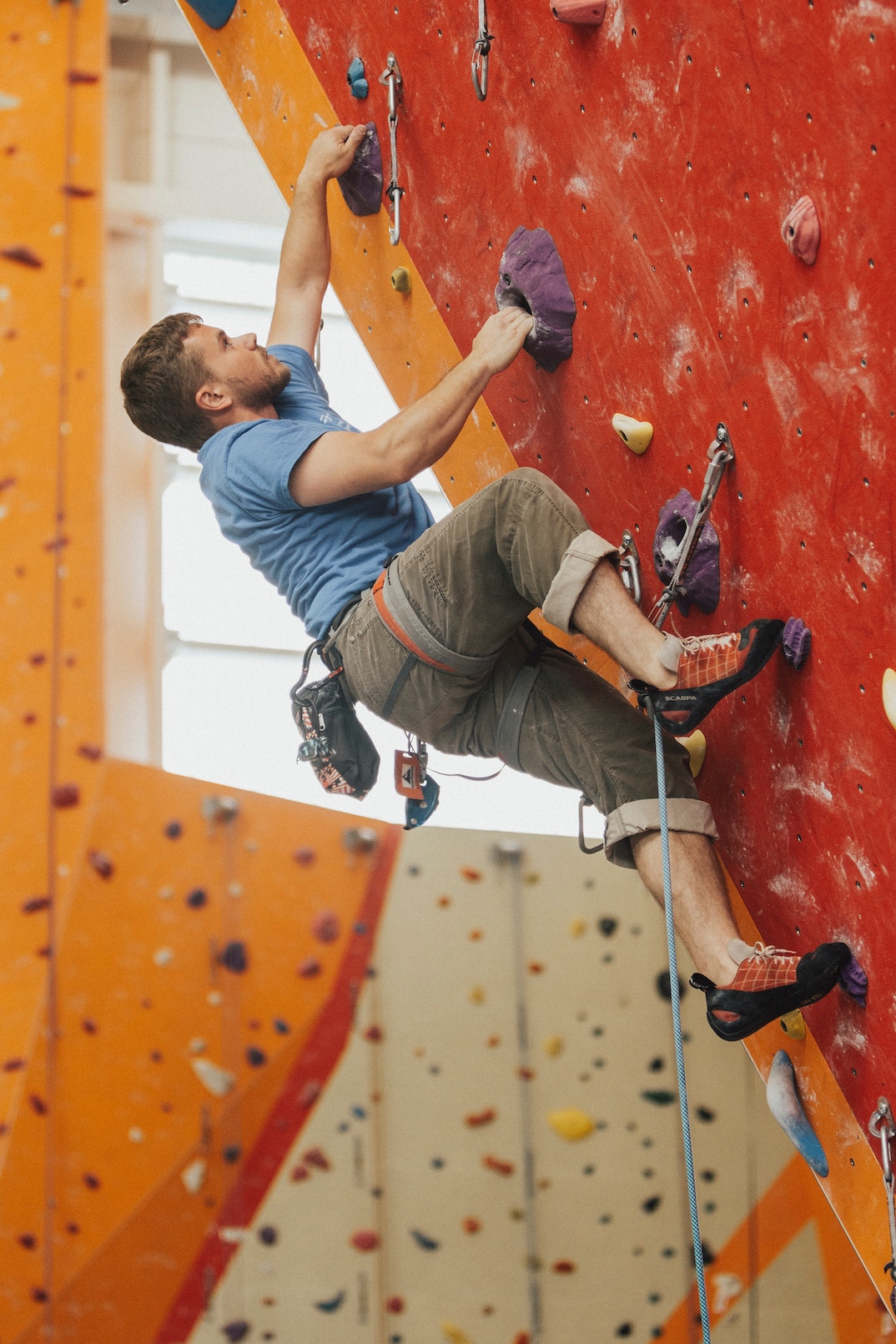2.5 Barriers to Physical Activity
The physiologic, cognitive, and psychological benefits that may be gained from regular participation in physical activity are vast. However, many individuals experience barriers to habitual exercise.
Personal, Environmental, and Behavioral Barriers
The degree to which an individual feels barred from participating in physical activity may be influenced by personal factors, environmental aspects, and behavioral characteristics–too numerous to be reviewed in Chapter 2 alone. The perceived barriers to physical activity reviewed below relate to college students, as well as the general population.
Personal: Several reasons individuals give for avoiding participation in regular physical activity are personal in nature. Personal factors include, but are not limited to: insufficient time, inconvenience, lack of enjoyment or increased boredom with physical activity, fear of injury, and feelings of self-consciousness or shame when being physically active (CDC, 2016).
…college students report a lack of social support networks or campus environmental/facility-related obstacles as major barriers to physical activity…Environmental: Environmental aspects which may influence an individual’s physical activity participation are both physical and psychosocial in nature. Physical barriers in the environment include: lack of access to gyms and workout facilities, inadequate sidewalk coverage, few parks/green spaces, or deficiency in walking/biking trails that are safe and in a convenient location (CDC, 2016). Psychosocial barriers in the environment include: lack of encouragement, social support, or companionship with family and friends when trying to initiate a physical activity program (CDC, 2016). The aforementioned factors may particularly impact those within academic environments, as college students report a lack of social support networks or campus environmental/facility-related obstacles as major barriers to physical activity (Brown, Huber, & Bergman, 2006).
Behavioral: Behavioral characteristics play an important role in shaping perceptions of physical activity participation. Individuals who struggle with self-management skills may not set effective personal health goals or engage in proper goal monitoring and progression (CDC, 2016). Further, low confidence and low self-efficacy (i.e., one’s situational self-confidence for a behavior) in their ability to be physically active may prove to be a significant deterrent to exercise (CDC, 2016). Moreover, lack of motivation appears to exert a major negative effect on physical activity participation in both the general population and college student population (Brown, Huber, & Bergman, 2006; CDC, 2016). College students indicate that low motivation and increased fatigue play a role in prevention of exercise (Brown, Huber, & Bergman, 2006).

Photo by roya ann miller on Unsplash
Common Barriers to Physical Activity for College Students
Perceived barriers to physical activity may significantly impact an individual’s behavior choices, and prevent the individual from engaging in exercise. College students face unique challenges to being physically activity, as they strive to balance academic, professional, and social opportunities and duties. A sample of full-time college students between the ages of 18-24 identified student-specific factors which may either be considered beneficial, or detrimental, to physical activity participation. The common perceptual factors identified by these students are listed below, and are categorized as either a barrier to, or benefit of, physical activity participation (Brown, Huber, & Bergman, 2006).
| Barriers to Physical Activity | Benefits of Physical Activity |
|---|---|
| Low motivation | Psychological improvement |
| Lack of peer interest | Social benefits |
| Inconvenience (challenging gym/facility location or no equipment availability) | Physical appearance |
| Time constraints (exercise interrupts work/school/social duties) | Feeling of productivity |
| Lack of confidence in using equipment | Identity improvement (enhanced self-concept and attitude) |
Comprehension check:
What you do believe is the most significant barrier to participation in physical activity in your own daily routine? Is your most significant barrier found on the list of factors above? What benefits can be gained from physical activity? Are these benefits listed above? How might you overcome perceived barriers to physical activity? (Hint: your perceived benefits must outweigh any perceived barriers).
Works Cited
Brown, S. A., Huber, D., & Bergman, A. (2006). A perceived Benefits and Barriers Scale for strenuous physical activity in college students. American Journal of Health Promotion, 21(2), 137-140.
CDC. 2016. http://www.cdc.gov/physicalactivity/basics/adding-pa/barriers.html
Fagard, R. H., & Cornelissen, V. A. (2007). Effect of exercise on blood pressure control in hypertensive patients. European Journal of Cardiovascular Prevention & Rehabilitation, 14(1), 12-17.

